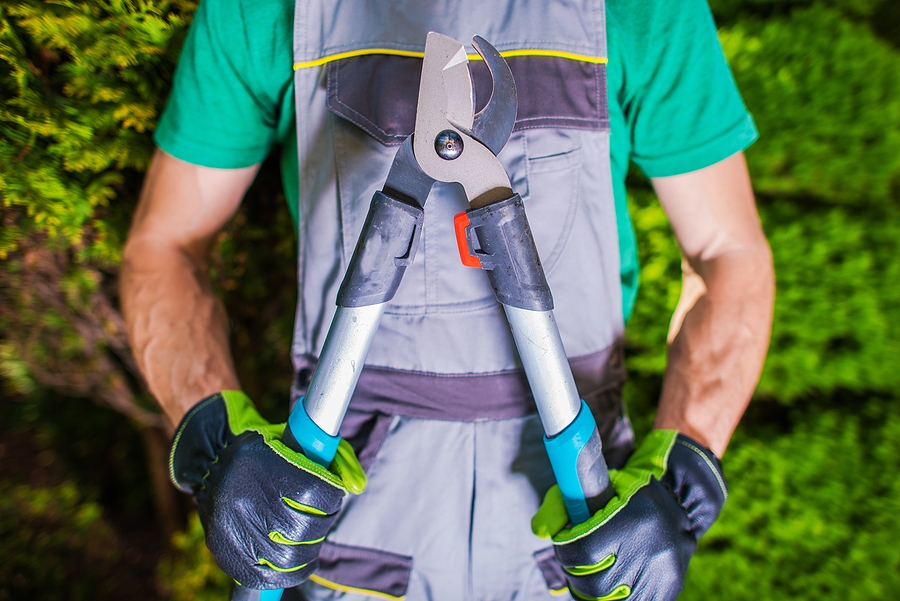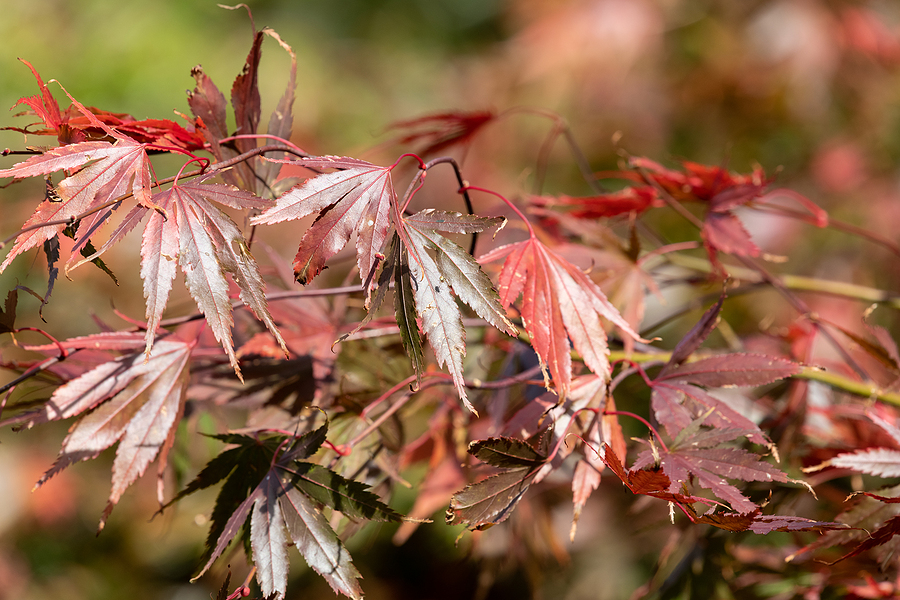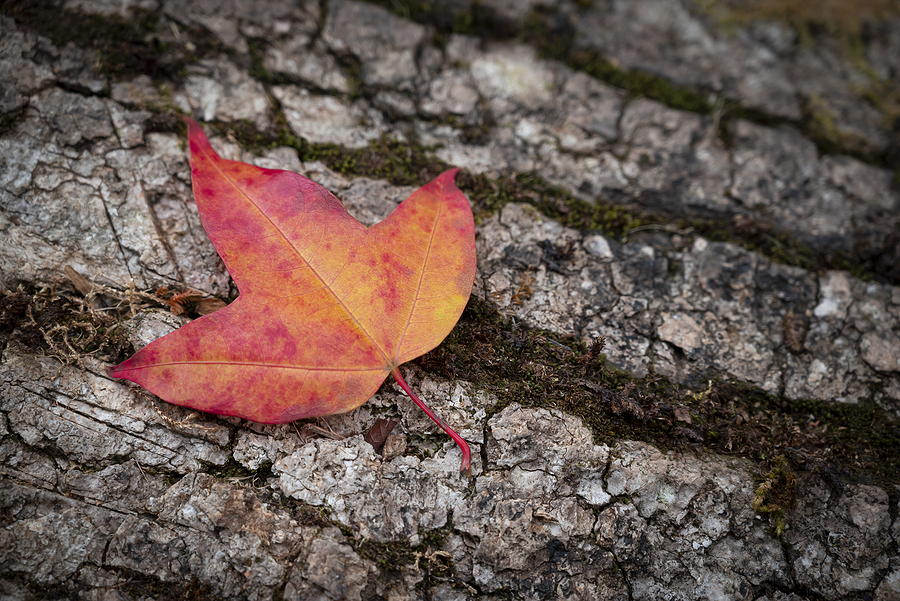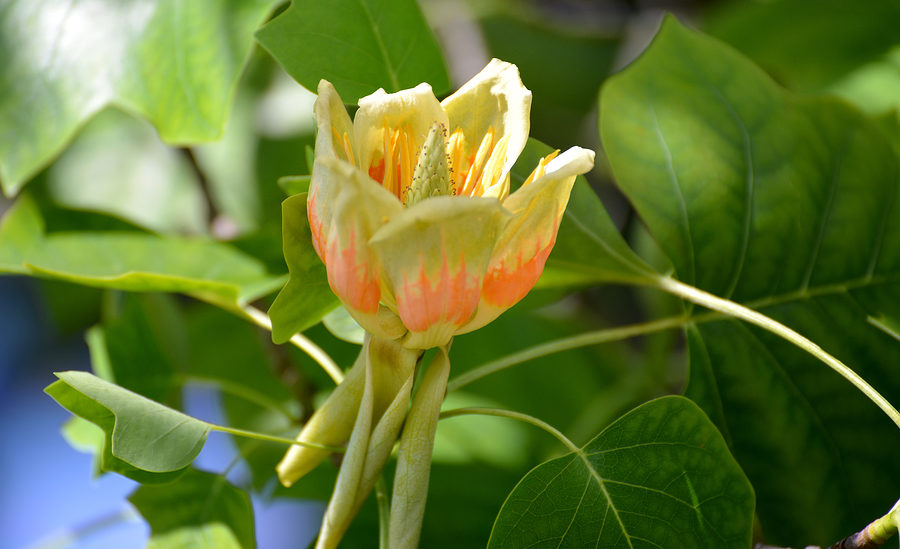Birds chirping in your trees can be delightful—until they become a problem. When woodpeckers damage your bark, starlings build nests in unwanted places, or grackles strip your fruit trees bare, you need effective solutions that won’t harm these creatures or disrupt the natural ecosystem.
Understanding how to manage nuisance birds humanely isn’t just about protecting your property; it’s about maintaining a balanced environment where both your trees and local wildlife can thrive. The key lies in using deterrent methods that redirect birds to more suitable habitats rather than causing them harm.
This comprehensive guide will walk you through proven bird control strategies specifically tailored for Indiana homeowners, helping you protect your trees while respecting the important role birds play in our ecosystem.

Understanding the Problem: Common Nuisance Birds in Indiana
Several bird species commonly cause tree-related issues for Indiana property owners. Each species exhibits distinct behaviors that require targeted approaches for effective management.
Woodpeckers create the most visible damage by pecking holes in tree trunks and branches. They’re attracted to trees with insect infestations or soft wood, often targeting young or diseased trees. Their persistent drumming not only damages bark but can weaken tree structure over time.
Starlings are aggressive nesters that often choose inappropriate locations like gutters, vents, or dense tree canopies near human activity. Their large flocks can overwhelm smaller beneficial birds and create significant mess through their droppings.
Sparrows and grackles primarily cause problems through fruit consumption and excessive noise. They travel in large groups, quickly stripping fruit trees of their harvest and creating disruption with their persistent calls, especially during nesting season.
These behaviors result in several types of damage: reduced fruit yields, unsanitary conditions from droppings on patios and vehicles, structural damage to young trees, and displacement of beneficial bird species that help control garden pests.
Physical Barriers: Your First Line of Defense
Physical barriers provide immediate, reliable protection for your trees without causing harm to birds. These methods work by creating obstacles that prevent access to vulnerable areas.
Netting offers excellent protection for fruit trees. Drape lightweight netting over the entire canopy, ensuring it reaches the ground to prevent birds from accessing fruit from below. Choose mesh sizes small enough to exclude target birds but large enough to avoid entangling beneficial species. Secure the netting tightly to prevent birds from getting trapped underneath.
Tree wraps protect young trees from woodpecker damage. Use burlap or specialized tree wrap materials around the trunk, extending from ground level to the first major branches. This method is particularly effective during winter months when woodpeckers are more likely to target trees for insect larvae.
Branch guards can protect specific vulnerable areas. Install plastic or metal guards around individual branches that show signs of damage or attract persistent bird activity.
Schedule Routine Service for Your Trees Today 🐦
Visual and Auditory Deterrents
Visual deterrents work by startling birds and creating an environment they perceive as unsafe or unpredictable.
Reflective tape proves highly effective when used correctly. Hang strips throughout the tree canopy, ensuring they move freely in the breeze. The flashing light startles birds initially, though effectiveness may decrease over time as birds adapt. Reposition the tape regularly and combine it with other deterrents for sustained results.
Decoy predators like plastic owls or hawks can deter smaller nuisance birds. Place these decoys in prominent locations and move them every few days to maintain the illusion of a real predator. Static decoys lose effectiveness quickly, so regular repositioning is essential.
Wind chimes create gentle but persistent noise that many birds find disturbing. Choose chimes with varied tones and hang them at different heights throughout your trees. The random sounds help prevent birds from becoming accustomed to the deterrent.
Ultrasonic devices emit high-frequency sounds designed to repel birds. However, research shows limited long-term effectiveness as birds often adapt to these sounds. Additionally, these devices may affect pets and other non-target animals sensitive to ultrasonic frequencies. Their range is also limited, and physical barriers can block the sound waves entirely.
Natural and Organic Solutions
Creating an environment that naturally discourages nuisance birds while supporting beneficial species offers a sustainable approach to bird control.
Entice Natural Predators
Encouraging natural predators helps maintain ecological balance. Install owl boxes or hawk perches to attract birds of prey that naturally control populations of smaller nuisance birds. Position these structures at appropriate heights and distances from human activity to encourage use by predator species.
Strategic Tree Planting
Strategic plant selection can significantly impact bird behavior. Plant thorny shrubs like hawthorn near vulnerable trees—their thorns deter larger nuisance birds from roosting while still providing habitat for beneficial species. Aromatic herbs such as rosemary, thyme, and mint around tree bases can also discourage ground-feeding birds.
Bird-Resistant Trees
Consider bird-resistant tree species for future plantings. American Hornbeam attracts beneficial insects and birds while being less appealing to nuisance species. Eastern Red Cedar provides berries for native birds and dense foliage for shelter while deterring problematic species. Serviceberry and Dogwood offer resources for desirable birds while being less attractive to nuisance varieties.
Professional Tree Services for Bird Control
Sometimes, professional intervention provides the most effective solution for persistent bird problems. Several tree service techniques can significantly reduce bird-related issues.
Tree Pruning and Trimming
Tree pruning and thinning reduce nesting sites by opening dense canopies. This technique removes the sheltered conditions that attract nuisance birds while maintaining tree health. Professional arborists can identify which branches to remove to maximize deterrent effects without compromising tree structure.
Tree Inspections
Tree health assessments identify underlying problems that attract birds. Diseased or insect-infested trees draw woodpeckers and other species. Treating these conditions eliminates the root cause of bird attraction rather than simply managing symptoms.
Tree Bracing
Professional cable installation ensures proper durability and security. Experienced technicians can install cabling and bracing that provide complete structure protection while allowing for tree maintenance and growth. Tree cabling and bracing also strengthens weak branches that may be damaged by persistent bird activity, preventing further structural compromise.
Maintenance and Monitoring
Successful bird control requires ongoing attention and adaptation. Birds are intelligent creatures that adapt to deterrents over time, making monitoring and adjustment essential.
Weekly Check-Ups
Inspect your deterrents weekly, checking for damage or displacement. Visual deterrents like reflective tape may tear or become tangled, while physical barriers might develop gaps or loose areas. Replace or repair damaged components immediately to maintain effectiveness.
Seasonal Adjustments
Seasonal adjustments improve long-term success. Bird behavior changes throughout the year based on breeding cycles, food availability, and weather patterns. Adjust your deterrent strategies accordingly—for example, increase protection during fruit ripening seasons or migration periods.
Detailed Records
Record keeping helps identify patterns and improve strategies. Note which methods work best for specific bird species and locations on your property. This information guides future decisions and helps you focus resources on the most effective approaches.
Conclusion
Managing nuisance birds requires a balanced approach that protects your property while maintaining respect for wildlife. The most effective strategies combine multiple deterrent methods, adapt to changing conditions, and address underlying causes rather than just symptoms.
Start with gentle deterrents like visual barriers and natural solutions. If these prove insufficient, gradually incorporate more intensive methods while monitoring their effectiveness. Remember that persistence and consistency often matter more than the specific techniques used.
Professional tree services can provide expert assessment and implementation of bird control strategies tailored to your specific situation. From pruning and health treatments to barrier installation and species selection advice, experienced arborists offer comprehensive solutions that protect both your trees and local wildlife.
Ready to reclaim your trees with strategic care and maintenance? Contact our certified tree care professionals today for an onsite assessment of your property’s tree service needs. We’ll develop a customized plan that protects your investment while maintaining harmony with nature.
Related Post: Common Indiana Tree Pests and How to Manage Them Safely





